Jeep Wrangler Once Again Earns Dismal Crash-test Rating Using Euro-based Metrics

Despite the previous generation boasting above-average frontal crash test scores from the United States’ Insurance Institute for Highway Safety (IIHS), Jeep’s new Wrangler has earned harsh criticism in Europe and Australia. The model received a one-star European New Car Assessment Programme (NCAP) crash rating in December, followed by a similar review from the Australasian New Car Assessment Program (ANCAP) this month.
That makes it the only one-star vehicle in that particular market, which is not a position Fiat Chrysler wants to find itself in. However, as FCA took great strides in improving the Wrangler for on-road duty — including adding dual front and side airbags as standard — the dismally low score is a bit of a mystery.
Let’s start by unpacking the testing procedures. Where the IIHS test focuses primarily on frontal overlap testing and side impacts, with an added emphasis placed on headlight performance, its Euro and Aussie equivalents also incorporate whiplash tests at 10 and 15 mph and pedestrian impact simulation testing at 25 mph. In the NCAP test, the Wrangler earned a great score in the side barrier test (something the IIHS found lacking in the previous generation) and was rated “good” for whiplash protection.
The frontal crash tests and pedestrian safety score were another story, however. Those items, aided by difficult-to-use child restraints, absent automatic emergency braking (which is already available in North America), and poor pedestrian safety, ultimately dragged the vehicle’s NCAP score to the single-star category. The ANCAP scores mimicked this, albeit with improved child-safety scores, leaving the Jeep with another one-star review.
Australia’s CarAdvice reached out to ANCAP chief executive James Goodwin to glean more information on the poor rating. “This is a very poor performance, fundamentally structural,” he said. “For a new model to have an unstable passenger cell, where the dummy has made contact with the A-pillar, with the dashboard … [it’s poor].”
“It’s unfortunate that the vehicle hasn’t improved in a generation and I think the other concerning thing is we’ve had the brand tell Australian consumers they were going to make improvements and it was going to be better than the European model tested last year, and we haven’t seen any evidence at all,” Goodwin continued, adding that the cabin was subject to enough deformation to have the footwell rupture on fontal testing. “The passenger compartment of the Jeep Wrangler did not retain its structural integrity in the frontal offset test. Connection between the A-pillar and the cross fascia beam was compromised, as was the footwell structure, and penalties were applied.”
Ultimately, this netted the Wrangler a “marginal” rating that was dragged down to the depths by other issues. One of the biggest was pedestrian safety, which we expected. The model’s flat beak and high ground clearance are two things you absolutely do not want to encounter on foot. However, those elements are a big part of what makes it such a good off-road vehicle (and easily distinguishable to buyers).
Fiat Chrysler Australia offered the following response:
Safety is something we take incredibly seriously and every other member of the Jeep family of vehicles wears a five-star safety rating with pride, whether tested by ANCAP in Australia or by Euro NCAP.
The new Jeep Wrangler is a specialist off-road performance vehicle that has more than 70 advanced standard and available safety equipment. This includes front and side airbags, blind-spot monitoring, rear cross-path detection, parking sensors, a rear-view camera and autonomous emergency braking, all of which are paired with the use of high-strength steel in the Wrangler’s construction designed to protect the cabin in the case of an accident.
The Wrangler also meets federal safety requirements in Australia and is compliant with Australian Design Rules (ADR), the national government standards for vehicle safety, anti-theft and emissions in Australia.
We imagine the U.S. tests will yield slightly better results, as they’ll incorporate things like optional emergency braking and ignore some of the aspects that helped diminish its overall score in Europe and Australia. Whether that means the NCAP-based tests are either too stringent to leave adequate room for off-road vehicles or the IIHS-based tests are not stringent enough (or Jeep did a lousy job of building a safe car), we imagine individual answers will be dictated by personal preferences on governmental regulation.
U.S.-market IIHS and NHTSA test results for the current-gen Wrangler have yet to arrive. A perfect score sounds out of the question at this point; FCA is clearly hoping for better marks than those seen in Europe or Australia, and would undoubtedly prefer to outdo the previous-generation Wrangler — which received two stars in side impacts and three in frontal collisions from the NHTSA.
[Images: Euro NCAP]

A staunch consumer advocate tracking industry trends and regulation. Before joining TTAC, Matt spent a decade working for marketing and research firms based in NYC. Clients included several of the world’s largest automakers, global tire brands, and aftermarket part suppliers. Dissatisfied with the corporate world and resentful of having to wear suits everyday, he pivoted to writing about cars. Since then, that man has become an ardent supporter of the right-to-repair movement, been interviewed on the auto industry by national radio broadcasts, driven more rental cars than anyone ever should, participated in amateur rallying events, and received the requisite minimum training as sanctioned by the SCCA. Handy with a wrench, Matt grew up surrounded by Detroit auto workers and managed to get a pizza delivery job before he was legally eligible. He later found himself driving box trucks through Manhattan, guaranteeing future sympathy for actual truckers. He continues to conduct research pertaining to the automotive sector as an independent contractor and has since moved back to his native Michigan, closer to where the cars are born. A contrarian, Matt claims to prefer understeer — stating that front and all-wheel drive vehicles cater best to his driving style.
More by Matt Posky
Latest Car Reviews
Read moreLatest Product Reviews
Read moreRecent Comments
- Corey Lewis It's not competitive against others in the class, as my review discussed. https://www.thetruthaboutcars.com/cars/chevrolet/rental-review-the-2023-chevrolet-malibu-last-domestic-midsize-standing-44502760
- Turbo Is Black Magic My wife had one of these back in 06, did a ton of work to it… supercharger, full exhaust, full suspension.. it was a blast to drive even though it was still hilariously slow. Great for drive in nights, open the hatch fold the seats flat and just relax.Also this thing is a great example of how far we have come in crash safety even since just 2005… go look at these old crash tests now and I cringe at what a modern electric tank would do to this thing.
- MaintenanceCosts Whenever the topic of the xB comes up…Me: "The style is fun. The combination of the box shape and the aggressive detailing is very JDM."Wife: "Those are ghetto."Me: "They're smaller than a Corolla outside and have the space of a RAV4 inside."Wife: "Those are ghetto."Me: "They're kind of fun to drive with a stick."Wife: "Those are ghetto."It's one of a few cars (including its fellow box, the Ford Flex) on which we will just never see eye to eye.
- Oberkanone The alternative is a more expensive SUV. Yes, it will be missed.
- Ajla I did like this one.





















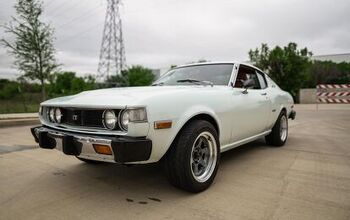
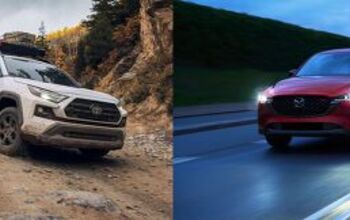
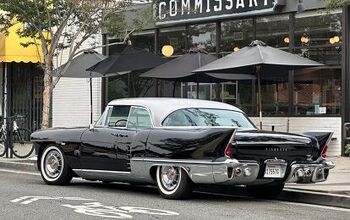
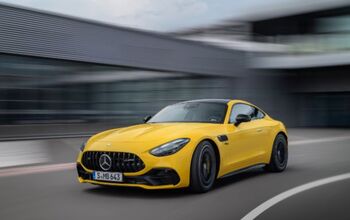

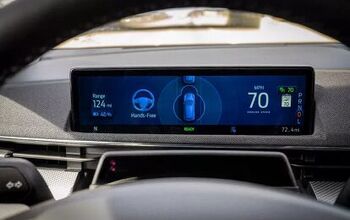
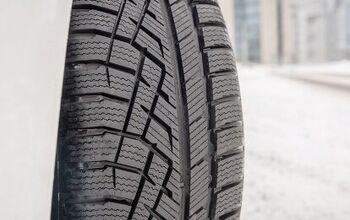

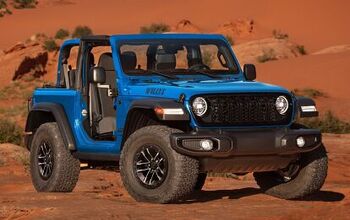
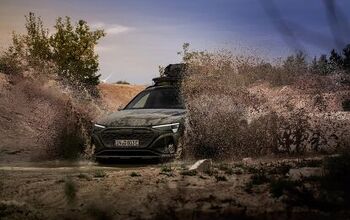
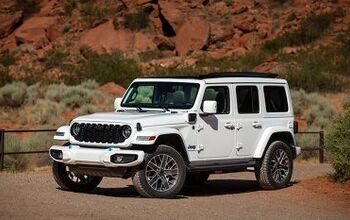


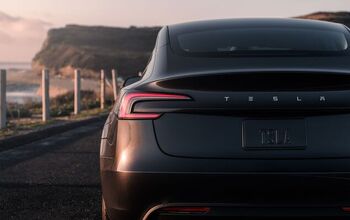
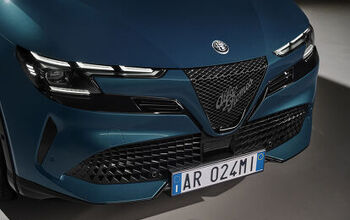
Comments
Join the conversation
For less than half the price of a Wrangler I would by a new Suzuki Sierra. Use the other half to buy a tiny car for day to day driving.
If I lived anywhere the Jimny is sold there's no way I'd buy a Wrangler anyhow.